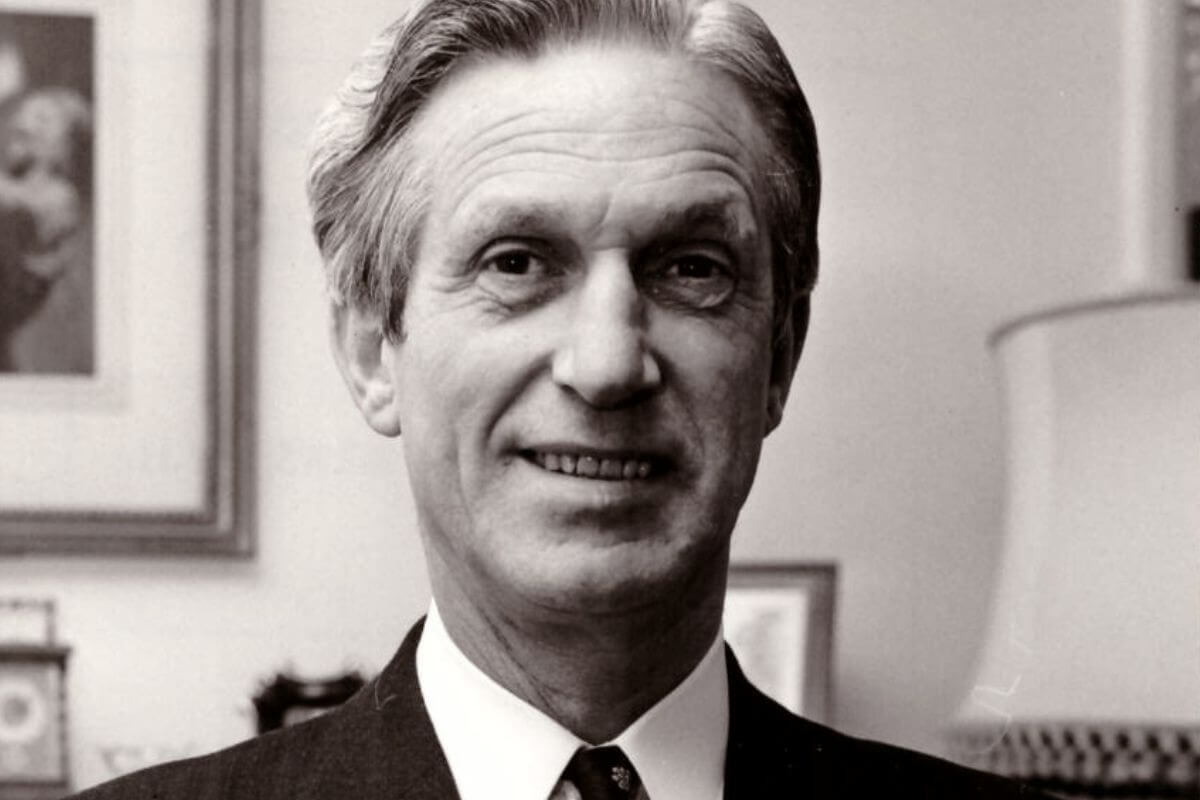Brass and woodwind players seeking perfect embouchure (the way in which a player applies their mouth to the mouthpiece of a brass or wind instrument), may benefit from a brand new exhibition and website created by the British Dental Association (BDA) about the work of dentist Maurice Porter, who specialised in improving the embouchure of musicians.
As an amateur clarinettist, Porter understood how critical a player’s dentition, lip and facial structure are to the sound created by an instrument and to the player’s wellbeing. A major part of his practice was treating musicians and music students who had embouchure problems, often caused by injury, inappropriate dental treatment or orthodontic issues.
As well as advising on dental treatments that would improve players’ comfort and performance, Porter was able to help musicians with poor dentition and facial injuries to perform again with confidence.
Porter’s early years in London’s East End
Maurice Porter’s background was a humble one. He was born into a poor immigrant family in the East End of London and left school at 14 to work in a furrier’s warehouse. To help fund his future studies, he took a part-time evening job, playing clarinet as accompaniment to silent movies at Hoxton Cinema.
He was particularly moved when treating a severely injured army bugler, who pleaded with him to restore his facial musculature and dentition, so that he could recover and play the bugle again.
At the outbreak of the Second World War, he volunteered for the British Dental Corps and was posted to Palestine. He was promoted to Officer in Charge of the Dental Department of the Middle East Military Hospital and achieved the rank of Major.
He remained in Palestine for the rest of the war, treating soldiers with serious facial injuries, some of whom had been wounded at El Alamein. He was particularly moved when treating a severely injured army bugler, who pleaded with him to restore his facial musculature and dentition, so that he could recover and play the bugle again.
“This episode greatly influenced my father personally,” recalls Porter’s son Robin. “As an accomplished amateur wind musician, he decided to specialise in the dental problems of wind and brass musicians and their treatment.”
An internationally acclaimed authority on embouchure
By the 1950s, Porter had become an internationally acclaimed authority on embouchure. He gave lectures to dentists and musicians in the UK and US, and acted as Honorary Dentist to music teaching schools and other institutions, to give much needed advice to musicians.
He also had papers published in the British Dental Journal in the early 1950s about the problems encountered by wind and brass musicians, and how to treat them, a subject which had been largely ignored by the profession up to that time.
These were followed by articles in publications such as Groves Dictionary of Music and Musicians, The Conductor, Woodwind Magazine, World Medicine and the French publication, L’Information Dentaire.
Porter also wrote a book on the subject, called The Embouchure, which was published by Boosey and Hawkes in 1967 and translated into Japanese.
These publications feature sketches and photographs detailing how the mouthpieces and techniques required for brass and wind instruments inter-relate with the facial physiology, bone structure and teeth of a performer.
 “By the 60s and 70s Maurice was an internationally acclaimed authority on embouchure.”
“By the 60s and 70s Maurice was an internationally acclaimed authority on embouchure.”
Celebrate his pioneering work online and at the BDA exhibition
Much of this material is featured in the exhibition at the BDA and has been donated by Porter’s family. It includes correspondence from musicians, dentists and music teachers from across the globe. “Through his wide reputation as an expert on the embouchure, my father would receive and reply to correspondence from all over the world from dentists, musicians and those who teach wind and brass instruments playing,” said his son.
Although he was an amateur, Maurice Porter was accomplished enough to have played alongside some of the greats. “Because he was a talented clarinet player himself, it was not uncommon for him to play with famous musicians, such as Jack Brymer and Benny Goodman,” recalls Robin.
Among the items on display at the BDA exhibition are performance dentures and other temporary devices, specifically made to be worn when playing instruments. The exhibition also includes 3D models and detailed drawings of the facial muscles involved in playing different instruments.
The associated website provides content from the exhibition including interviews, film clips and biographical material. It also gives access to Maurice Porter’s published BDA papers and has created a reference for more recent articles on the Embouchure.
Exhibition details
BDA Museum Head, Rachel Bairsto, praised Porter’s contribution to this field of study. “Maurice Porter’s dedication and passion for supporting musicians was incredible” she said. “We are delighted to be able to share his story and celebrate his pioneering work, which helped so many musicians play to their full potential.”
The exhibition is open at the BDA Headquarters at 64 Wimpole Street, London, W1G 8YS on Wednesdays, until 1 November from 11:00am - 3:00pm, or at other times by appointment.
Please email museum@bda.org or telephone 020 7935 0875 to check other opening times.